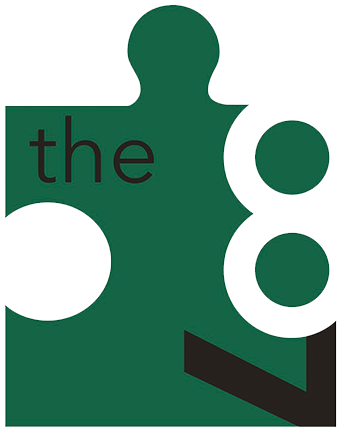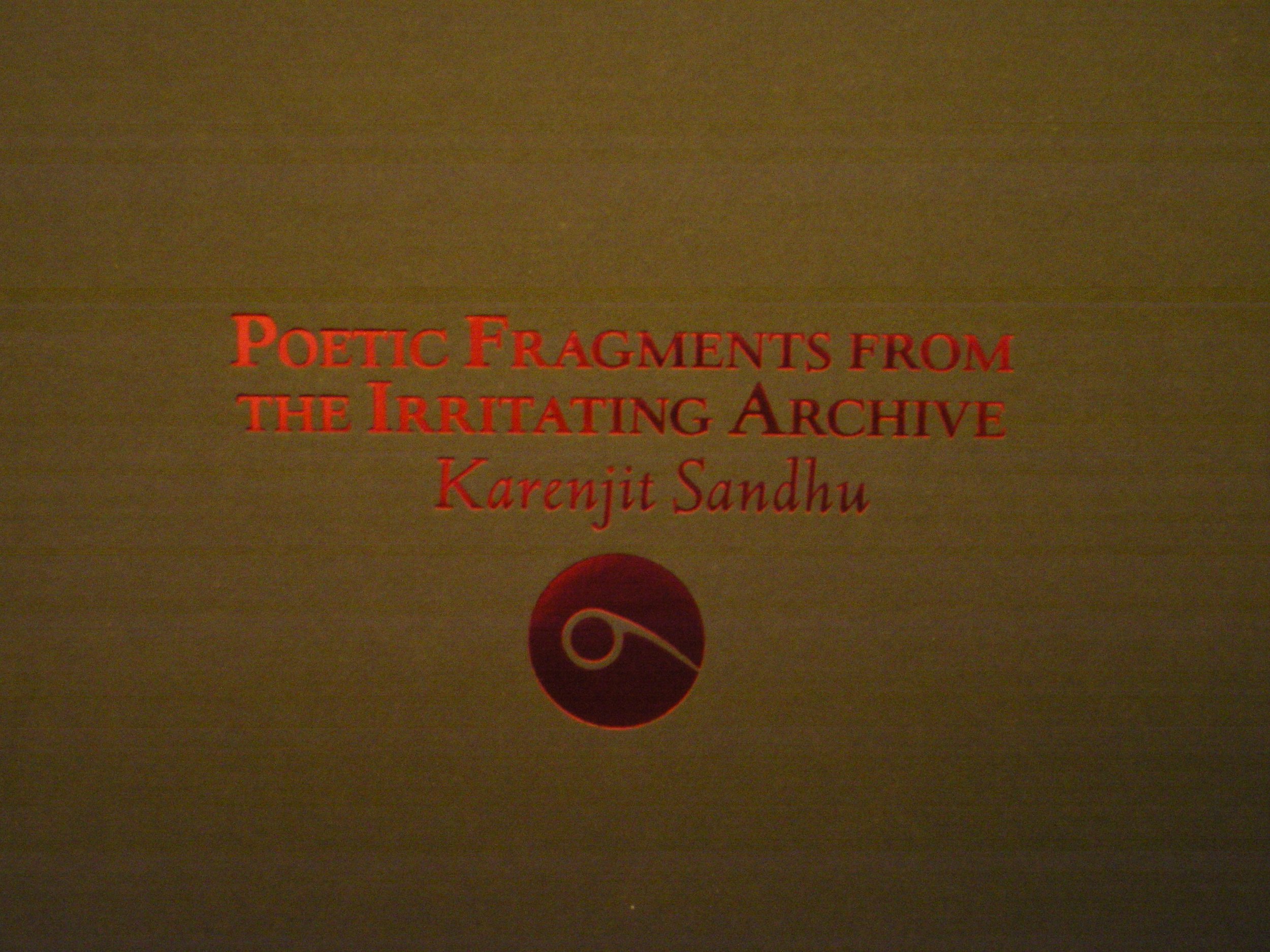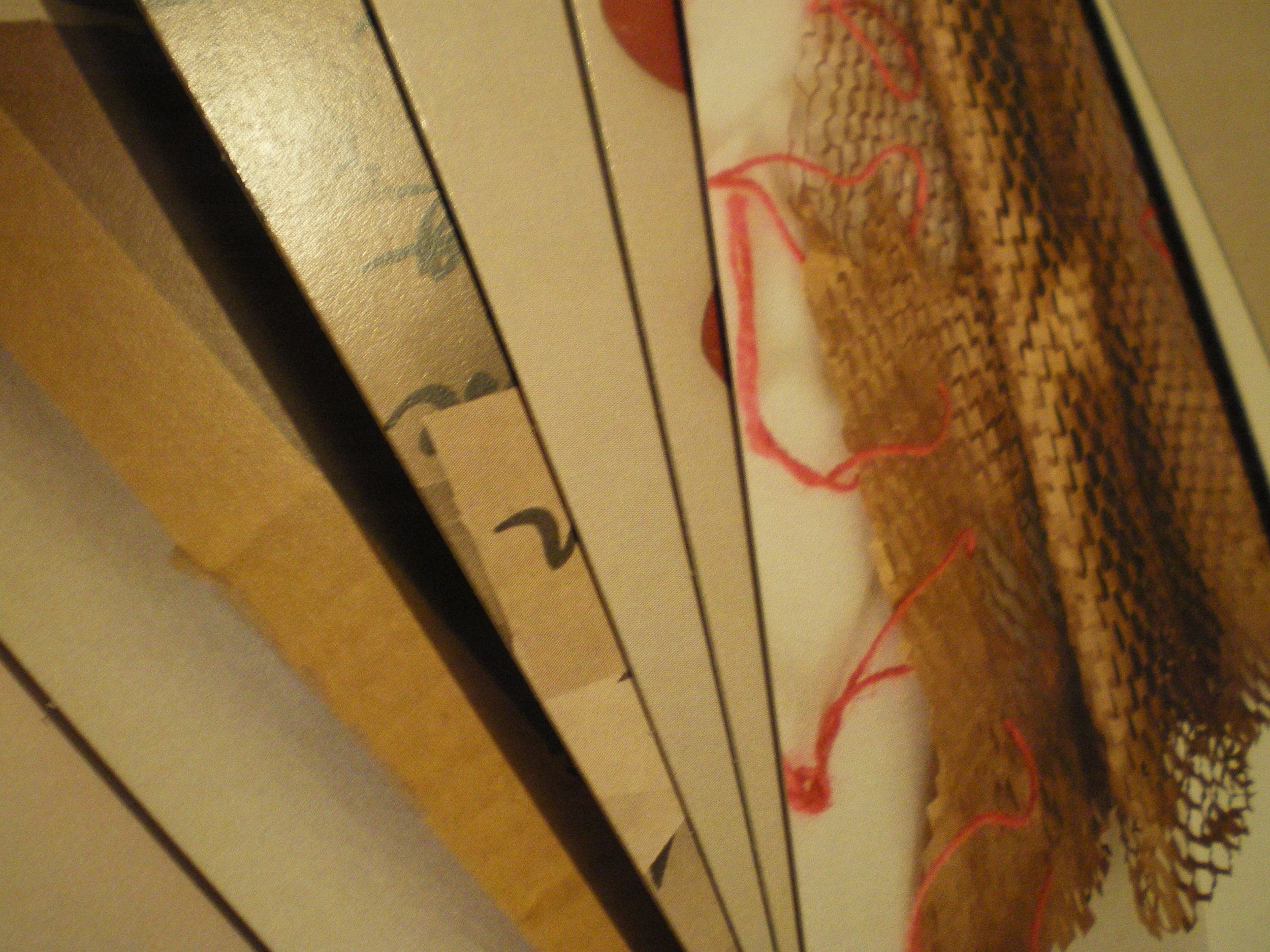Digital Poetics 3.28 A Body of Thought by Richard Capener
Photograph by Richard Capener
a Review of Poetic Fragments from the Irritating Archive
by Karenjit Sandhu (Guillemot Press, 2022)
Not being navigated through a book is irritating. Not being able to rely on coherent critical frameworks, thrown back on the shape and sensuality of one’s body, is irritating. Having to communicate what lies outside of communication is irritating. Karenjit Sandhu’s Poetic Fragments from the Irritating Archive is irritating.
The archive is presented in a grey 240 x 175 mm box containing irritants and literary components: 2 books, 1 leaflet, a packet of photos and a tiny packet of small brown balls. I don’t know what they are.
On opening, the reader finds the smaller book titled ‘Archivists Notes’ on a bed of shredded black paper. The reader (as in me - I’m the reader. To pretend there’s critical distance violates Sandhu’s archive, for reasons which will become clear) rubs their hands into the paper. I wanted it to be more irritating - not as soft, and with more resistance between shreds.
For Fluxus, the box was in opposition to ‘the world of bourgeois sickness, “intellectual”, professional and commercialised culture’[1] by making art available outside of mainstream galleries, which Fluxus saw as tied to dominant class and media structures. Sandhu follows this, but expands its range by usurping an official voice. ‘Archivist Notes’ is the reader’s introduction to this.
The book feels fleshy; the press’ listing confirms it is leather bound. In ‘Figure 1’, a scale is titled ‘Intensity’ with ‘Irritation’ on the low end and ‘Anger’ on the high end before the following entry:
‘Anger’ is defined by the Oxford English Dictionary as ‘a strong feeling’. It has been coupled with other vehement states such as ‘distress’ and ‘suffering’ as well as the synonyms: ‘wrath, rage, fury’. […] It is useful to show these two negative states on a semantic scale (as shown in Figure 1), where anger resides at the high intensity end of the scale, antithetical to irritation at the lower and milder end.[2]
The audience knows, and I’m willing to bet Sandhu knows the audience knows, that such a diagram is nonsense precisely because it’s rendered on a semantic scale. Models actualise the abstract while being themselves an abstraction. To render lived sensation feels inhumane. The archival gesture itself begins to manifest as the irritant.
That discomfort can be modelled is conflated with the archive as knowledge-making. In an entry titled ‘Lost Souls’, the reader learns:
A body is floating in the Kallang River. There is a tent in the distance. It is Sunday afternoon and on Sundays the unclassified neighbours from across the street head towards the water. They eat game and fowl and discard the bones in Nimishillen Creek.[3]
The piece is continually endnoted with texts referring to either the OED or, primarily, the Americas. It’s difficult not to think of the archive as a colonial product, as that which collects artefacts from countries other to itself. When endnotes - the formalities of academia - are used to absurd amounts, they begin to break. In this way, the archival gesture not only irritates but is irritated by the sensual. Sandhu doesn’t bring the body to the archive but shows the reader it was there all along, fidgeting beside official artefacts and permissible documentation.
Photograph by Richard Capener
It’s critically irresponsible to not bring in Derrida’s Archive Fever, which provides a language for the economy of authority that is generated through the archive. Or:
[T]he arkhē in the physical, history or ontological sense, which is to say to the originary, the first, the principle, the primitive, in short to the commencement. But even more, and even earlier, “archive” refers to arkhē in the nomological sense, to the arkhē of the commandment. As is the case for the Latin archivum or archium […] the meaning of “archive,” its only meaning, comes to it from the Greek arkheion: initially a house, a domicile, an address, the residence of the superior magistrates, the archons, those who commanded. The citizens who thus held and signified political power were considered to possess the right to make or to represent the law.[4]
The archive is that which generates law. It shouldn’t be lost on readers that archons carry with it a cosmic association: those which rule the imperfect world. This is following an argument in which Derrida portrays the archive as that which shields itself, that which treats itself as autonomous. The Irritating Archive fails to produce itself as a totalising force. This unlawful making is developed by Sandhu’s other texts beneath the shredded paper.
I read them from biggest to smallest, starting with a leaflet titled ‘The Irritating Archive: History, Rules and Regulations’. When fully opened, one side shows a floor plan. What would be a set of rules and regulations are repeatedly disrupted by the foregrounding of the negative and affirmative, an inversion of academic standards: ‘NO touch but shoes closes YES YES hair back rubber band snYESap tightly YES tiYESght.’ An other, a researcher, is, therefore, present. Furthermore, the reader takes on the role of researcher. With enough detail of the floor plan given to exist conceptually, the researcher can only embody the archive that irritates and is irritated up to a point. Sandhu’s archive, with its disrupted instructions, refuses to be actualised.
On the other side of the leaflet, a historical refusal of the Irritating Archive is given: ‘Because to protect and save from undesirable eventuality is to keep safe from; to save and spare is to keep alive is to keep from perishing […] to maintain and keep alive.’[5] It begs the question of the reader: What is being preserved here? I answer, The perishable body. To explain how Sandhu’s archive preserves what can’t be - how the sensational is held, a holding - I turn to Deleuze and Guattari.
The rhizome has a popularised understanding as a connective network, which can be adapted across multiple disciplines. When it’s solely dealt with outside of A Thousand Plateaus, that Deleuze and Guattari situated it in relation to their critique of psychoanalysis is lost. From ‘Introduction: Rhizome’:
Make a map, not a tracing. The orchid does not reproduce the tracing of the wasp; it forms a map with the wasp, in a rhizome. What distinguishes the map from the tracing is that it is entirely orientated toward an experimentation in contact with the real. The map does not reproduce an unconscious closed in upon itself; it constructs the unconscious. It fosters connections between fields, the removal of blockages on bodies without organs, the maximum opening of bodies without organs onto a plane of consistency.[6]
They continue to follow this line, exploring the rhizomatic aspects of the map, to their critique:
Drives and part-objects are neither stages on a genetic axis nor positions in a deep structure; they are political options for problems, they are entryways and exits. impasses the child lives out politically, in other words, with all the force of his or her desire.[7]
For Deleuze and Guattari, the unconscious cannot be reduced to predefined tracings since desires pass through and disrupt them.
The Irritating Archive holds both intellectual (semantic scales, compromised instructions) and sensual awkwardnesses. As Fluxus rebelled against bourgeois galleries, and desire problematises for Deleuze and Guattari, Sandhu introduces the tactile, the sensual and bothersome, to question the archive, and archival gestures, as knowledge-making and law-producing.
The next document, ‘The Visitors Book’, enables the reader to make their own internal maps. This is a collection of prose-poems in which irritants are listed, as with ‘Mouldy Neckline’: ‘Square necklines, lettuce hearts plunging. Plunging into multicellular filaments of no anti-nobodies. Leather tan across their face, a single-celled neckline of droplets.’[8]
The poems pull language from the domestic (‘The leftovers on this plate are the most perfect pollen grains.’[9]), medical (‘The diagnosis is bleak.’[10]) and social (‘she hits the party alone to do the hobnob dance’[11]) and, as such, feels more intimate than the rest of the archive. That the document is framed as ‘The Visitors Book’ supports this, as if visitors are compelled to note their personal annoyances. I wonder if Sandhu asked participants to provide such information in other iterations of the project.
Readers may agree or disagree with the inclusion of the sensations, items and situations. Finding a collective discomfort isn’t the point. Instead, the reader-researcher becomes an active participant in embodying/discovering (personal) maps of intensities which, in turn, dispute any overlaid structures, ‘connections between fields, the removal of blockages on bodies without organs, the maximum opening of bodies without organs onto a plane of consistency.’[12]
I end with a pack of photographs: a document of objects from the archive arranged in numerical order. Photograph 1 shows a pair of white gloves, preparation for entering the archive, with photograph 2 reiterating, ‘I put on these gloves and prepare to examine the body.’ Yet, by the time the reader gets to photograph 12 they are told, ‘I untie the body by removing the ribbon.’ It’s hard not to think of the body as freed from formal restraints. Crucially, the body finds release by engaging with such processes. Sandhu formalises the creation of archives and their undoing.
Photograph by Richard Capener
I think about Sandhu’s readings. I’ve seen her perform the archive twice, both at Guillemot Press events online: once in 2020, and again at her launch this year.The 2020 performance utilised screen-sharing and emphasised the mechanisms of speech, breaking language in a way that performed the archive’s failure to produce authority, while this year’s reading (I’d add, not comparable to Fluxus - there were no incidental actions: Sandhu didn’t rub her hand against sandpaper for 20 minutes then call it an evening) emphasised the theatrical aspects of the archive. She wore an apron made of what I guess is netted card as she read excerpts. As such, Sandhu broadened the idea of archive-as-authority from speech to physical action.
This switch allowed the audience to consider the ways power structures enact themselves through individuals. And yet, The Irritating Archive remains to be one of failure. Power isn’t only not produced, but its inability to be produced is itself unproductive: there is no fruitful research, which would rely on a coherent academic structure. There can only be individual intensities. In performance, Sandhu shows the audience how she gloriously fails to connect.
I pack the archive away in the order I found it, while in a hotel room in Exeter. I brought too many books, not to mention two laptops: one for my day job, the other personal. I’m running late for the train back to Brum, hungover from work’s Christmas party. On the way to the station, the corner of the archive digs into my back.
Endnotes
[1] Maciunas, G. Fluxus Manifesto (New York: MoMA, 1963) moma.org/collection/works/127947 [Last accessed 11/12/22]
[2] ‘Archivist Notes’, Poetic Fragments from the Irritating Archive, Karenjit Sandhu (Cornwall: Guillemot Press, 2022). Unnumbered.
[3] ‘Lost Souls’, Ibid.
[4] Archive Fever, Jacques Derrida, trans. by Eric Prenowtiz (USA: The University of Chicago Press, 1996). p. 4.
[5] ‘The Irritating Archive: History, Rules and Regulations’, Poetic Fragments from the Irritating Archive, Karenjit Sandhu (Cornwall: Guillemot Press, 2022). Unnumbered.
[6] A Thousand Plateaus, Deleuze and Guattari, trans. by Brian Massumi (India: Bloomsbury, 1988) p 12.
[7] Ibid, p. 12-3.
[8] ‘The Visitors Book’, Poetic Fragments from the Irritating Archive, Karenjit Sandhu (Cornwall: Guillemot Press, 2022). Unnumbered.
[9] Ibid.
[10] Ibid.
[11] Ibid.
[12] A Thousand Plateaus, Deleuze and Guattari, trans. by Brian Massumi (India: Bloomsbury, 1988) p 12.
*
Richard Capener's releases are The Voice Without (Beir Bua Press, 2022), KL7 (The Red Ceilings, 2022), Dance! The Statue Has Fallen! Now His Head is Beneath Our Feet! (Broken Sleep Books, 2021) and, in collaboration with Imogen Reid, Today is a Thursday (Overground Underground Books, 2022). He edits Hem Press, and its sound poetry imprint Angry Starlings. He is also Reviews Editor for Mercurius Magazine.
*
The moral right of the author has been asserted. However, the Hythe is an open-access journal and we welcome the use of all materials on it for educational and creative workshop purposes.



